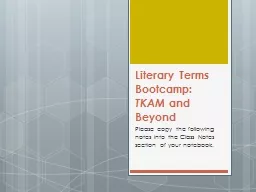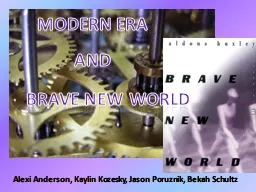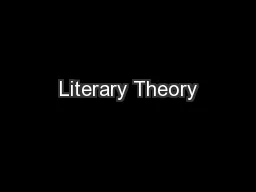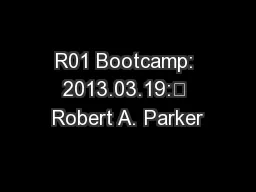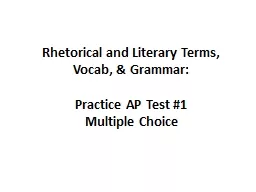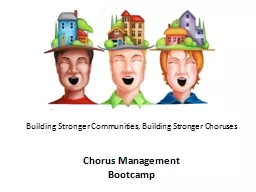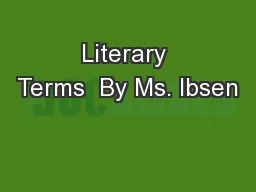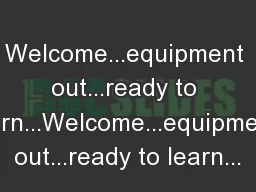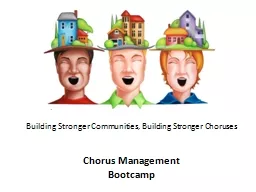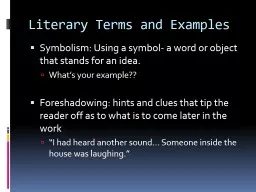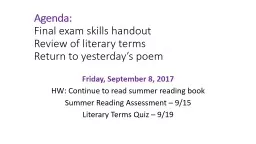PPT-Literary Terms Bootcamp
Author : natalia-silvester | Published Date : 2018-03-09
TKAM and Beyond Please copy the following notes into the Class Notes section of your notebook Simile A figure of speech that says that one thing is like another
Presentation Embed Code
Download Presentation
Download Presentation The PPT/PDF document "Literary Terms Bootcamp" is the property of its rightful owner. Permission is granted to download and print the materials on this website for personal, non-commercial use only, and to display it on your personal computer provided you do not modify the materials and that you retain all copyright notices contained in the materials. By downloading content from our website, you accept the terms of this agreement.
Literary Terms Bootcamp: Transcript
Download Rules Of Document
"Literary Terms Bootcamp"The content belongs to its owner. You may download and print it for personal use, without modification, and keep all copyright notices. By downloading, you agree to these terms.
Related Documents

